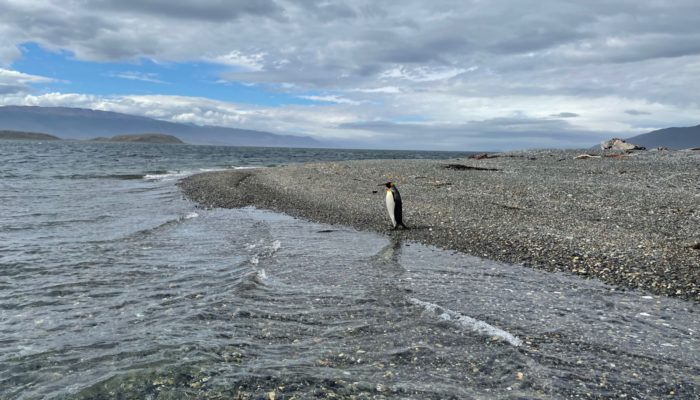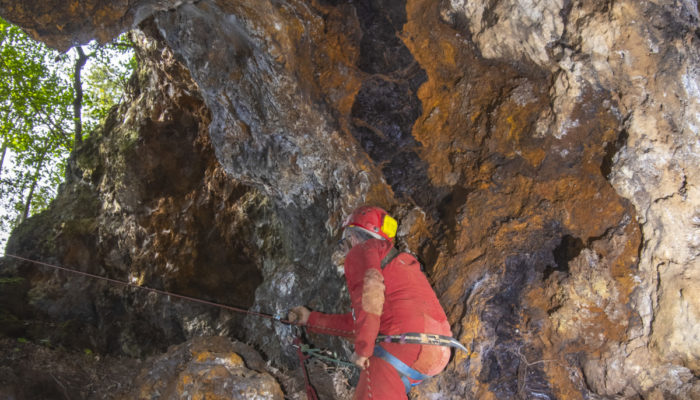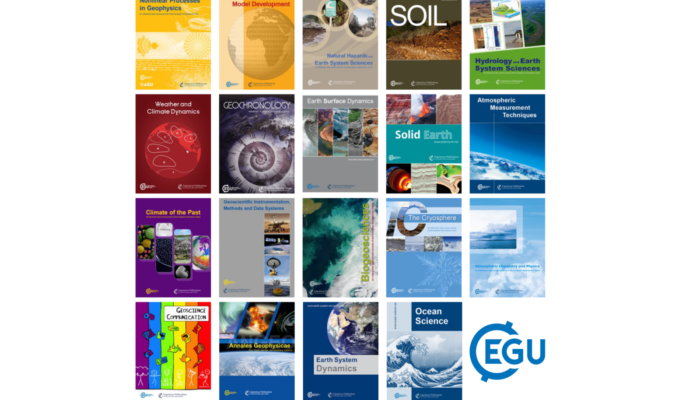Sean Daly is a (now retired) Canadian mining geologist with 40+ years of experience, who has dedicated his career to understanding the close relationship between mining, geology and society. His recent book “From the Erzgebirge to Potosi: A History of Geology and Mining Since the 1500’s” traces the history of mining and geology from the 1500’s including the Renaissance, the Industrial ...[Read More]
GeoRoundup: the highlights of EGU Journals published during June!
Each month we feature specific Divisions of EGU and during the monthly GeoRoundup we will be putting the journals that publish science from those Divisions at the top of the Highlights roundup. For June, the Divisions we are featuring are: Ocean Sciences (OS) and Biogeosciences (BG). They are served by the journals: Biogeosciences (BG), Geoscientific Model Development (GMD) and Ocean Science (OS). ...[Read More]
Open Science in the real world today: takeaways from the EGU22 Great Debate
On Wednesday 25 May, as part of the 2022 General Assembly of the European Geoscience Union, we held a “Great Debate on Open Science” that was attended by over 100 EGU participants both on-site in Vienna and online. The debate was organised by Francesca Pianosi and Jamie Farquharson with support from Remko Nijzink, Riccardo Rigon and Stan Schymanski, who also co-chaired a technical session on Open ...[Read More]
Imaggeo On Monday: King penguin (Beagle Channel)

King penguin in the Beagle Channel, Tierra del Fuego. Photo by Tatjana Milojevic, shared on imaggeo.egu.eu. Imaggeo is the EGU’s online open access geosciences image repository. All geoscientists (and others) can submit their photographs and videos to this repository and, since it is open access, these images can be used for free by scientists for their presentations or publications, by edu ...[Read More]



